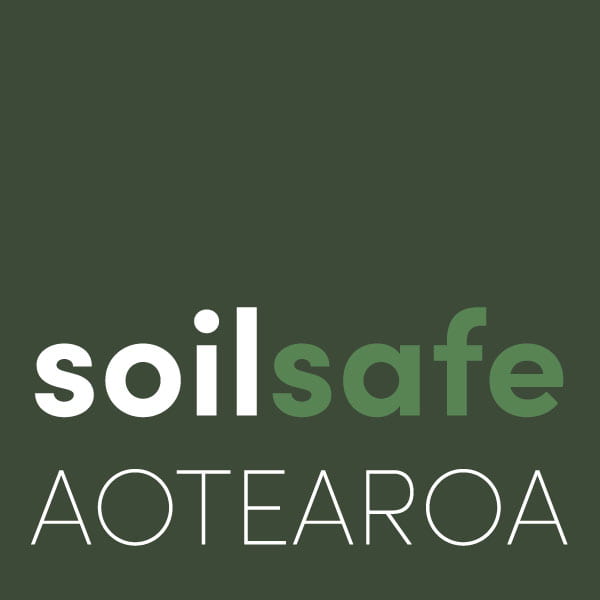Contact us.
We are here to help, listen, and make things happen.
We would love to hear from community and home gardeners to know your thoughts about Soilsafe Aotearoa and how you think you can get the most out of our research.
Soilsafe Aotearoa contact form.
Please fill out the form below with your details and message, and one of our Soilsafe Aotearoa team members will get back to you. If you have any trouble with the contact form, you can email us at soilsafeaotearoa@auckland.ac.nz.
Have a question?
Check out our Frequently Asked Questions, or if you can’t see an answer there, send us an email.
Q: How much soil do I need to send?
A: An ideal sample size (per sample) would be approximately the size of a cricket ball. This will easily fit in a zip-lock bag. If you have small zip-lock bags the sample should take up approximately half of the bag.
Q: What is the turnaround time for Soilsafe Aotearoa soil testing?
A: We strive to provide a fast turnaround time (8 weeks) for our participants.
Q: Where do I send my soil samples to?
A: You can send your samples to Soilsafe Aotearoa, c/o School of Environment, Private Bag 92019, Auckland 1142
Q: What is the dripline sample?
A: The dripline is any point where water from your roof meets the soil. This can be a useful area to test as it represents the accumulation of lead and other metals over a large, flat area (your roof).
Q: Are my results normal?
A: We will provide you with the median values obtained so far in New Zealand to compare your results against.
Q: How do I get my results?
A: The results of your soil test will be emailed to you. Keep an eye on your junk inbox as sometimes the email can be found there. If it has been 8 weeks and you have not received an email, please contact us here.
Q: Which metals are you testing for?
A: We screen for arsenic, copper, lead, and zinc.
Q: I have several properties am I able to submit 5 samples from each?
A: Yes! You can submit samples from multiple properties but please make sure to generate a unique sample ID for each property. You can do this by re-entering your email address on the Soil Testing page.
Q: Do you test my soil’s pH and/or for nutrients like nitrogen and phosphorous?
A: Unfortunately, here at Soilsafe Aotearoa we only test your soil for trace metals as testing for pH and nutrients is outside the scope of our programme. However, if you are interested in learning more about these aspects of your soil there are various kits available from gardening and hardware stores which let you do this at home.
Q: Do my soil samples need to be dry?
A: Yes, ideally the samples you submit should be relatively dry so that you receive the most accurate results.
Q: How do you analyse my soil sample?
A: Your soil arrives in the post and is delivered to our chemistry labs. Here, a technician sorts your various soils and measures each one using a technique called portable X-ray fluorescence spectroscopy – or pXRF for short. See below for more about the technique. The results of the measurement come up on the screen of the attached computer, showing the levels of metals in your soil. We export this data into an individualised report that then gets emailed to you. The whole process takes approximately 20 minutes altogether.
Q: What is X-ray fluorescence spectroscopy (XRF)?
A: A technique in which the characteristic X-ray spectrum of your soil is produced by using X-rays of short wavelength from a X-ray source. This induces your soil to fluoresce and emit secondary X-rays of a longer wavelength. Each metal emits unique secondary X-rays meaning the metal type and the metal concentration in your soil can be measured. The photons generated by this process are collected in the instrument detector, before the information is passed through a digital signal processor to the computer. The concentration of each metal in your soil is determined by comparison against standards using a software package. The performance of the instruments are regularly checked against standards from the National Institute of Standards and Technology (NIST).
